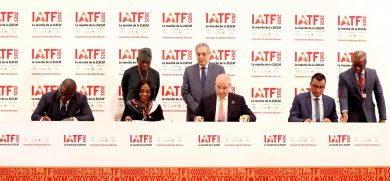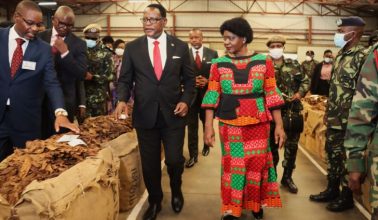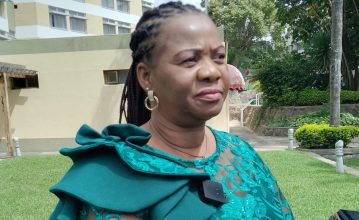Economic growth prospects mystery
Fiscal authorities have projected the economy will grow by an average of six to seven percent in the medium-term, but what remains a mystery is what will push the growth.
The country’s economy is agro-based, highly dependent on rain-fed agriculture and the sector is not resilient to climatic shocks such as drought and dry spells.
This in itself puts the 3.4 percent agriculture sector growth in 2018, according to the 2017 Annual Economic Report, under question.
A subdued performance in the agriculture sector puts in jeopardy the vibrancy of the manufacturing sector as the former supplies most of the raw materials for industrial production.
Power supply challenges and limited availability of raw materials for industrial production also affect the manufacturing sector’s contribution to the economic growth. The sector is projected to grow by six percent in 2018.
For the manufacturing sector to grow, it depends on the stability in the macroeconomic environment and improvement in energy supply, which is currently facing challenges.
The energy sector, which is forecast to grow by 4.5 percent, has also in recent times been performing poorly, with government banking on an additional 120 megawatts (MW) to be added to the national grid which should lead to improvement in power supply.
Another key sector that is projected to contribute towards the overall growth in the next two years is mining and quarrying with a projected growth of 1.6 percent and 2.3 percent, respectively.
But mining’s contribution to the economy has, since Kayelekera Uranium Mine (KM) was put under care and maintenance in February 2014, been minimal and not enough to have a meaningful impact on overall economic growth.
So, where will the projected growth come from?
Minister of Finance, Economic Planning and Development Goodall Gondwe banks his hopes on a well-managed macroeconomic environment while the International Monetary Fund (IMF) thinks the enhanced infrastructure investment and social services as well as an improved business environment will push GDP growth up.
“Growth will be supported by enhanced infrastructure investment and social services as well as an improved business environment, which will boost confidence and unlock the economy’s potential for higher, more broad-based and resilient growth and employment,” said IMF mission chief for Malawi, Pritha Mitra in a statement at the end of their two-week visit.
During the 2017/18 agriculture season, dry spells and armyworms attack will affect agriculture output, a development which could shutter this fiscal year’s economic growth prospects.
The current drought alone is estimated to cut maize production by 40 percent or 210 740 tonnes while armyworms would cut output by 10 percent or 73 201 tonnes, according to Ministry of Agriculture, Irrigation and Water Development.
In an interview on Tuesday, Centre for Social Concern (CfSC) economic governance programme officer Lucky Mfungwe said poor power generation, consistent unfavourable weather conditions, poor prices and lack of activity in the mining sector threatens growth prospects.
He said: “Countries within the region project [economic growth] ranging from three to four percent. Malawi has experienced poor performance and downsizing of companies due to poor power generation which reduced level of productivity and; hence, low production.”
However, Economics Association of Malawi (Ecama) president Chikumbutso Kalilombe said while the critical thing is to add value to agricultural products, there still is light at the end of the tunnel.
“From what we are hearing, agriculture output is expected to be lower this year.
“We are, however, not sure of mining as we are not sure of any investments coming in,” he said.
Over the years, government has been missing its targets on economic growth.






